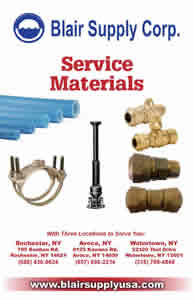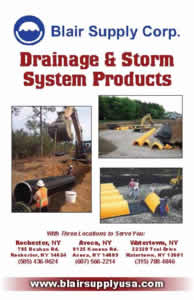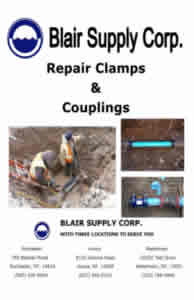Blog
A Glossary of Important Terms Related to Culverts
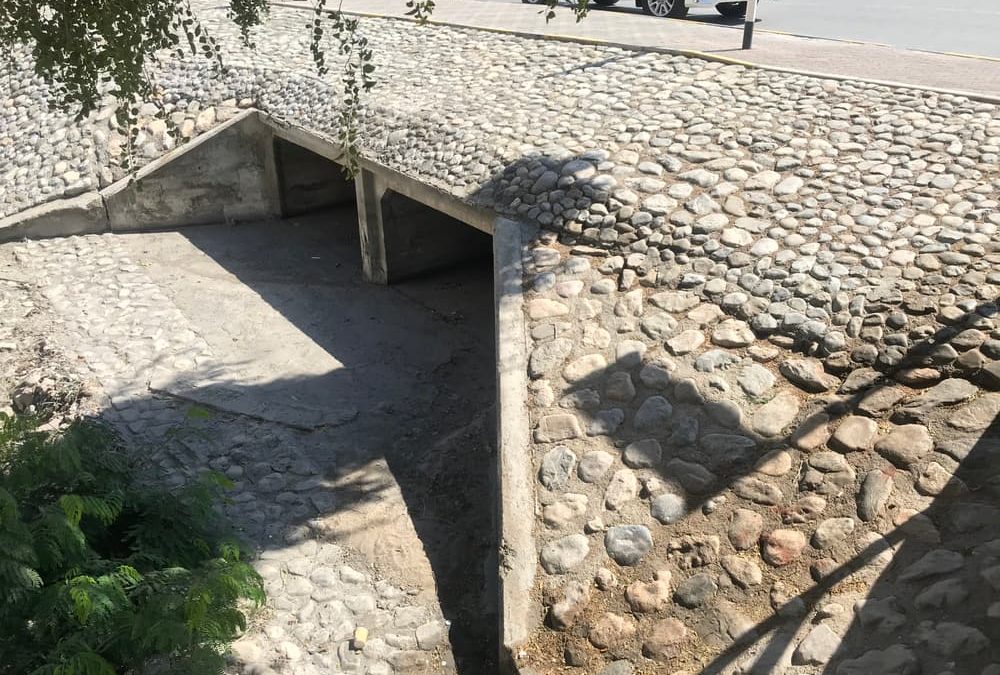
Installing a culvert is a complex and intricate process that requires you to hire experienced professionals for the task. However, besides hiring the right people and finding the most suitable culvert pipes for sale, you should also consider the other aspects of the process and try to find out as much as possible about it to be able to make all the important decisions. One of the things you should pay attention to is learning more about the terms related to culverts.
What are some important culvert-related terms?
Understanding the processes surrounding the manufacturing and installation of culverts can be extremely difficult for individuals not from the industry. At the same time, knowing the most important terminology is very important when both choosing the culvert to purchase and hiring the professionals to install it. Here are the most common terms related to culverts:
- Backfill: This is a material for refilling the trench once the embedment and the pipe are placed.
- Barrel area: This is an area of the cross section and is always perpendicular to the waterflow.
- Barrel roughness: This refers to the material used in the fabrication of the barrel. Some of the most common materials include corrugated metal, plastic, and concrete.
- Control section: The site with a relationship between the upstream surface-water elevation and the flow rate.
- Cover: Depth of the backfill poured over the pipe. The maximum and minimum cover requirements are subject to different government standards.
- Critical depth: This is the depth of the critical flow. There is only a single critical depth for a single discharge and cross-section geometry.
- Critical flow: This refers to the condition of the waterflow where the amount of energy is at a minimum for a specific amount of discharge.
- Critical slope: The slope that can sustain a certain amount of discharge at a critical and uniform depth.
- Embedment: The soil around and under the pipe placed after the bedding, with the goal of supporting the load over the piping. It includes the shoulder fill, initial cover, and haunch fill.
- Flow type: The USGS, or the United States Geological Survey, defines seven types of culvert flows, which helps determine flow conditions across specific culvert sites.
- Flowline: This is a line that runs longitudinally alongside the channel and connects the low points through several cross sections.
- Foundation: The borrow or in-place material under the bottom of the piping, or a layer of bedding.
- Free outlet: This outlet has tailwater lower or equal to the critical depth. If a culvert has a free outlet, lowering tailwater doesn’t have an effect on backwater profile or discharge upstream of it.
- Haunches: These are outside areas located between the bottom and the springline of the piping.
- Headwater: Depth of the water surface upstream. It is measured at the entrance to the culvert and from the flowline.
- Hydraulic grade line: This represents the depth of the water in vertical tubes that are at the sides of the barrel of the culvert.
- Improved inlet: This inlet features entrance geometry that decreases waterflow constrictions and increases capacity for culverts that flow per inlet-control.
- Normal flow: This is the flow in a channel when flow depth, velocity, and discharge remain identical throughout the reach. This flow is possible in culverts located on steep slopes, if they’re long enough.
- Normal depth: This is the depth of the water at a constant and uniform flow and velocity at a certain channel reach.
- Slope type: Mild slopes are those with the critical depth lower than normal depth, while steep slopes are those with the critical depth is greater than normal depth.
- Subcritical slope: This is a slope that is less than a critical slope, causing slower waterflow for certain discharges.
- Tailwater: Depth of the water downstream from the location of the culvert, as measured at the outlet flowline.
- Trench: An excavation or a cut in the soil for placing the culvert and the cover materials, backfill, embedment, and bedding.
Reach out to your reliable company that supplies high-quality culvert pipes for sale!
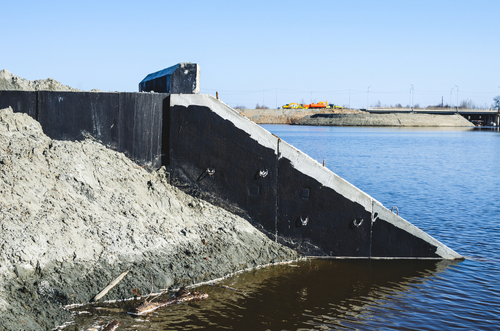
There’s only one last thing to do – choose the most dependable supplies of culverts and sewage drain supplies. Luckily, Blair Supply is here to help you. We’re a nationwide supplier of cutting-edge culverts and piping from our three warehouses in Rochester, Watertown, and Avoca. We have more than 60 years of experience in the industry, and the knowledge and expertise to provide you with the solutions you need. Give us a call today!

